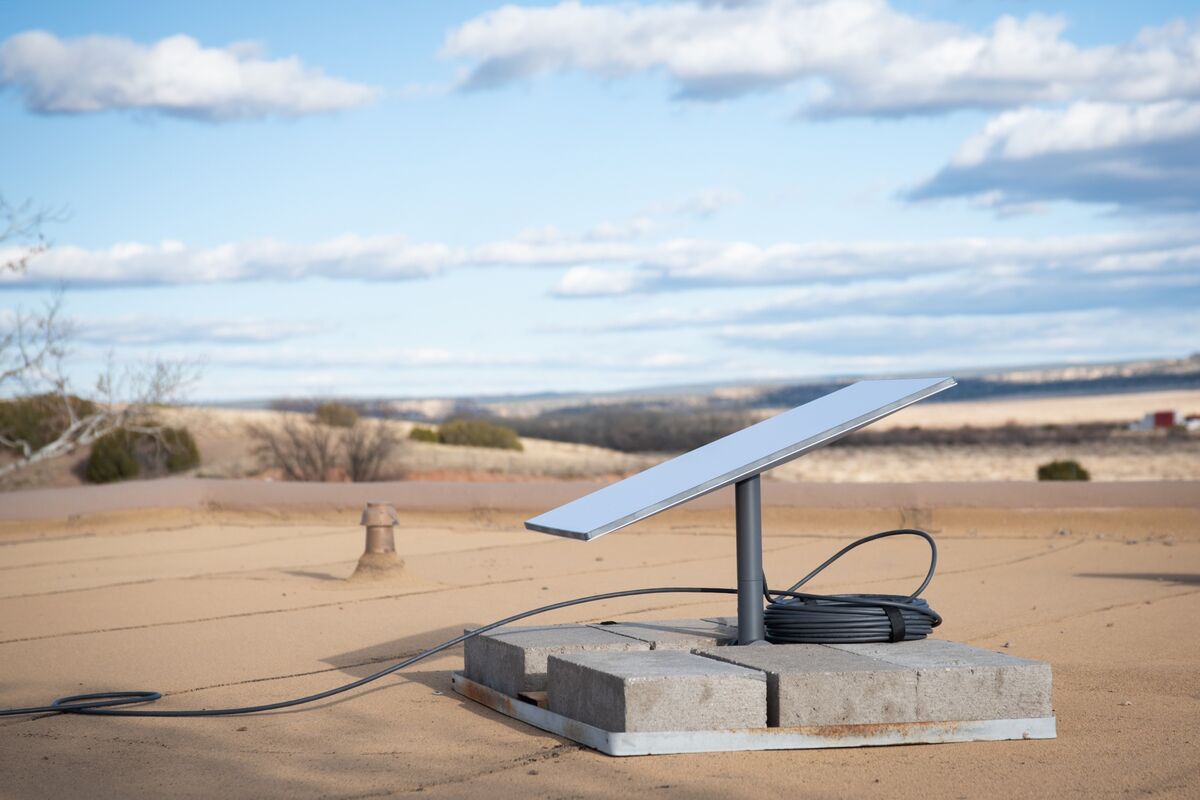The True Cost of Musk's Starlink Satellite Network: Beyond the Billions
Editor’s Note: A new analysis reveals the potentially staggering environmental and economic costs associated with SpaceX's Starlink satellite network.
This article delves into the complex financial and environmental implications of SpaceX's ambitious Starlink project, examining costs beyond the initial investment figures. We'll explore the economic viability, environmental impact, and potential long-term consequences of this massive satellite constellation. The goal is to provide a balanced and informative perspective on a project that is rapidly reshaping our technological landscape.
Why This Topic Matters:
SpaceX's Starlink promises high-speed internet access globally, a revolutionary development for underserved communities. However, this technological leap comes at a cost. Understanding the true financial burdens and potential environmental consequences is crucial for informed discussion about the future of space-based technologies and their sustainability. This article will explore key questions, including: the actual cost of launching and maintaining thousands of satellites, the potential for space debris, the impact on astronomical observations, and the economic competitiveness of Starlink in various markets.
Key Takeaways:
| Aspect | Key Point |
|---|---|
| Financial Cost | Billions invested, ongoing maintenance costs significantly higher than initially projected. |
| Environmental Impact | Significant risk of space debris collision, light pollution impacting astronomical research. |
| Economic Viability | Market competition, regulatory hurdles, and long-term profitability remain uncertain. |
| Technological Challenges | Satellite lifespan, network maintenance, and potential for technological obsolescence. |
1. Musk's Starlink: A Costly Constellation
Introduction: The initial investment in Starlink is monumental, but the ongoing operational costs are arguably more significant and less transparent. SpaceX hasn't publicly disclosed the full extent of these recurring expenses.
Key Aspects: Launching, maintaining, and replacing thousands of satellites is incredibly expensive. This involves manufacturing costs, launch vehicle expenses, orbital maneuvering, and continuous monitoring.
Detailed Analysis: Independent analyses suggest that the total cost of the Starlink project, including research, development, manufacturing, launches, and ongoing maintenance, far exceeds publicly stated figures. This includes the cost of potential satellite failures and replacements, which could add billions to the total expense. Furthermore, the cost of handling the growing amount of space debris generated by Starlink and other similar projects is a growing concern.
2. Interactive Elements on Starlink's Impact
Introduction: Starlink's impact is not confined to financial metrics. The sheer scale of the network presents considerable environmental and societal challenges.
Facets: The constellation's brightness is a major concern for astronomers. The sheer number of satellites interferes with astronomical observations, potentially hindering scientific research. The risk of collisions between Starlink satellites and other space debris is another significant concern, potentially leading to a catastrophic cascading effect known as the Kessler Syndrome.
Summary: The interactive nature of space debris and light pollution highlights the interconnectedness of Starlink's impact on various aspects of our world – from scientific research to the broader environment.
3. Advanced Insights on Starlink's Long-Term Sustainability
Introduction: The long-term sustainability of Starlink depends on several factors, many of which are still uncertain.
Further Analysis: Experts question the economic viability of Starlink in various markets given competition from established telecommunications companies and the substantial infrastructure investment required on the ground. Furthermore, the technological life cycle of satellites needs careful consideration. Replacing thousands of satellites over time will be an immense undertaking.
Closing: The long-term success of Starlink hinges on a multitude of factors, from regulatory approvals and market competition to the successful management of environmental risks and technological obsolescence.
People Also Ask (NLP-Friendly Answers):
Q1: What is Starlink? A: Starlink is a satellite internet constellation operated by SpaceX, designed to provide global broadband internet access.
Q2: Why is Starlink important? A: Starlink aims to provide high-speed internet access to underserved and remote areas worldwide.
Q3: How can Starlink benefit me? A: If available in your area, Starlink offers high-speed internet access, potentially providing better connectivity than traditional options.
Q4: What are the main challenges with Starlink? A: Challenges include the high cost, potential for light pollution and space debris, and competition in the broadband market.
Q5: How to get started with Starlink? A: Check Starlink's website for availability in your region and to sign up for service.
Practical Tips for Evaluating Starlink's Impact:
Introduction: Understanding the full picture requires a balanced perspective, considering both the potential benefits and drawbacks.
Tips:
- Research independent analyses of Starlink's financial and environmental impacts.
- Consider the potential for alternative internet solutions in your region.
- Learn about the ongoing debate on space debris mitigation strategies.
- Stay informed about the latest regulatory developments concerning satellite constellations.
- Evaluate the long-term sustainability of the project based on available data.
Summary: SpaceX's Starlink represents a significant technological advancement, but a complete understanding requires acknowledging the considerable financial and environmental costs. The long-term implications remain uncertain, necessitating careful consideration of its societal and ecological impact.
Call to Action: Ready to dive deeper? Explore independent reports on Starlink's environmental and economic impact. Share this article to spark informed discussions about the future of space-based technologies.

